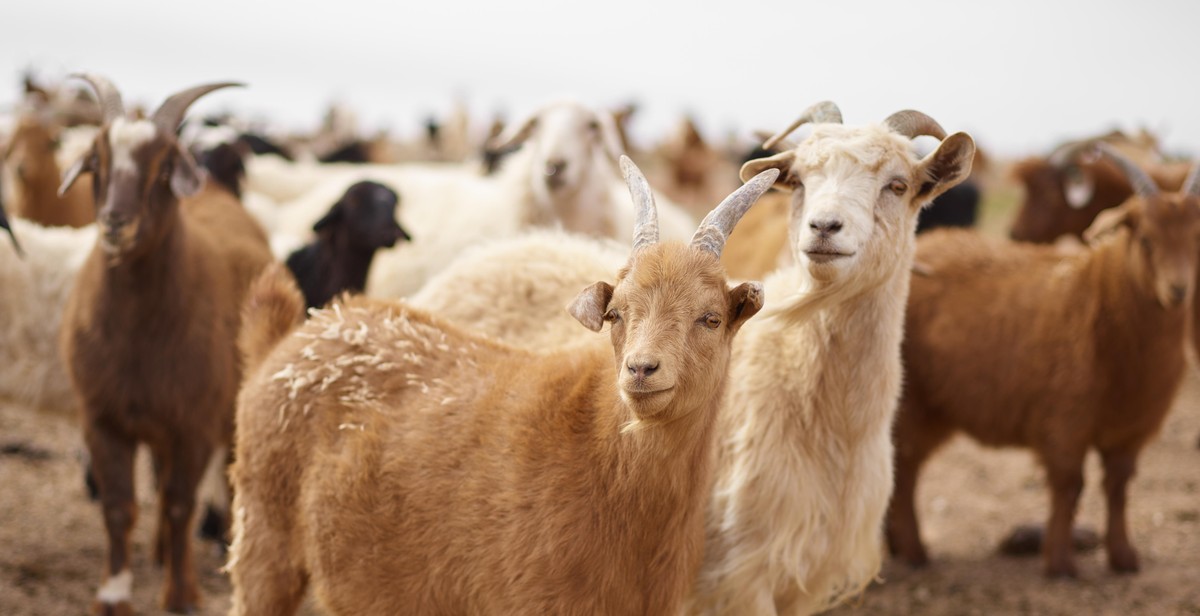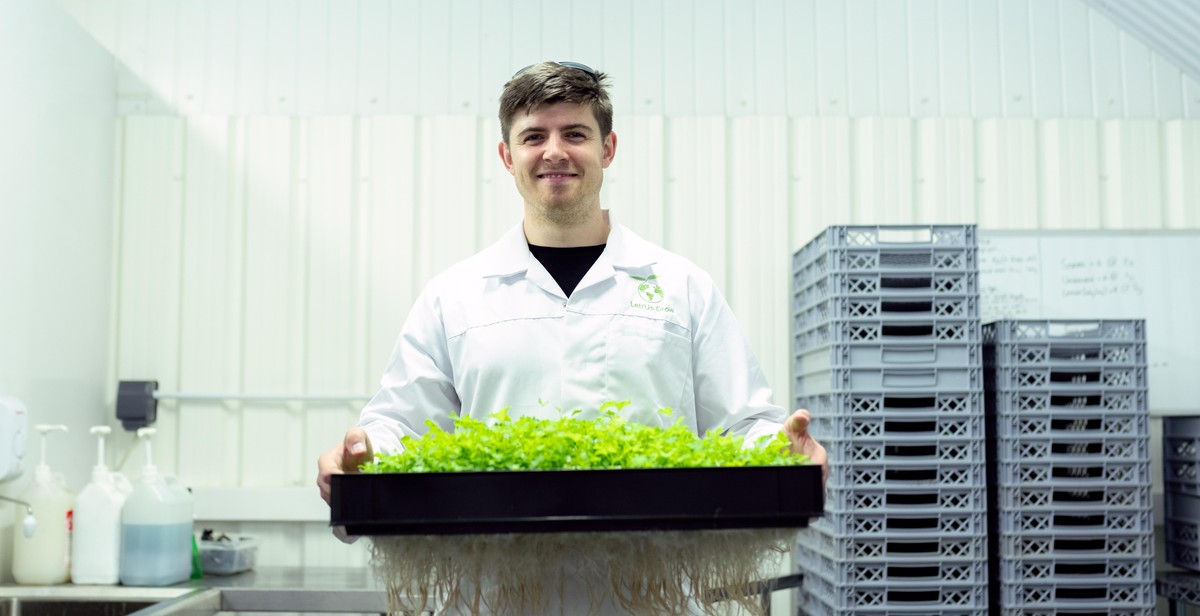The Impact of Meat Production on the Environment
Meat production has been a significant contributor to environmental degradation. The meat industry’s impact on the environment is multifaceted, with effects ranging from deforestation and land degradation to water pollution and greenhouse gas emissions. This article explores the impact of meat production on the environment and its implications for sustainability.
Deforestation and Land Degradation
The meat industry is a leading cause of deforestation and land degradation. Forests are cleared to create grazing land for livestock, and the land is often overgrazed, leading to soil erosion and desertification.
Water Pollution
Meat production also contributes to water pollution. Animal waste and fertilizer runoff from feed crops can contaminate waterways, leading to eutrophication, harmful algal blooms, and fish kills.
Greenhouse Gas Emissions
The meat industry is a significant contributor to greenhouse gas emissions. Livestock produce methane, a potent greenhouse gas, during digestion, and their manure emits nitrous oxide. Additionally, the energy required to produce and transport meat further contributes to carbon emissions.
Sustainability Implications
The impact of meat production on the environment has significant implications for sustainability. As the global population continues to grow, demand for meat is increasing, exacerbating the industry’s environmental impact. Reducing meat consumption and transitioning to more sustainable production methods is necessary to mitigate the industry’s harmful effects on the environment.

The Environmental Impact of Meat Production
Meat production has a significant impact on the environment, contributing to greenhouse gas emissions, water usage and pollution, and deforestation and habitat destruction.
Greenhouse Gas Emissions
Animal agriculture is responsible for a significant amount of greenhouse gas emissions. According to the United Nations, the livestock sector accounts for 14.5% of global greenhouse gas emissions. This is more than the entire transportation sector combined. Cows, in particular, produce a significant amount of methane, a potent greenhouse gas that is 28 times more powerful than carbon dioxide in terms of trapping heat in the atmosphere.
Water Usage and Pollution
Meat production requires a large amount of water, both for the animals to drink and for the crops that are grown to feed them. According to the Water Footprint Network, it takes 15,415 liters of water to produce 1kg of beef, compared to 1,250 liters for 1kg of wheat. This puts a strain on water resources, particularly in areas where water is scarce. Additionally, animal waste can pollute nearby water sources, leading to water contamination and health hazards.
Deforestation and Habitat Destruction
The expansion of animal agriculture has led to deforestation and habitat destruction, particularly in regions such as the Amazon rainforest. Forests are cleared to make way for grazing land and to grow crops to feed the animals. This not only contributes to the loss of biodiversity but also eliminates carbon sinks that absorb and store carbon dioxide from the atmosphere.
| Impact | Contribution |
|---|---|
| Greenhouse Gas Emissions | 14.5% of global emissions |
| Water Usage | 15,415 liters of water to produce 1kg of beef |
| Deforestation | Forests cleared for grazing land and crops |

Greenhouse Gas Emissions
Meat production is a significant contributor to greenhouse gas emissions, with livestock being responsible for a large portion of methane emissions. Methane is a potent greenhouse gas, with a global warming potential 28 times higher than carbon dioxide over a 100-year timescale.
Methane Emissions from Livestock
Livestock, particularly cattle, emit methane through enteric fermentation, a process by which microbes in their digestive systems break down food. According to the Environmental Protection Agency (EPA), livestock account for approximately 26% of methane emissions in the United States. Methane emissions from livestock are a concern because they contribute to global warming and climate change.
Carbon Dioxide Emissions from Transportation and Processing
In addition to methane emissions from livestock, meat production also contributes to carbon dioxide emissions through transportation and processing. The transportation of livestock and feed, as well as the processing and refrigeration of meat, all require energy and produce carbon dioxide emissions. According to a study by the Worldwatch Institute, the meat industry is responsible for approximately 14.5% of global greenhouse gas emissions.
| Emission Type | Percentage of Total Emissions |
|---|---|
| Methane from Livestock | 26% |
| Carbon Dioxide from Transportation and Processing | 14.5% |
Reducing greenhouse gas emissions from meat production is an important step in mitigating the impacts of climate change. This can be achieved through a variety of means, such as reducing meat consumption, improving livestock management practices to reduce methane emissions, and implementing more sustainable transportation and processing methods.

Water usage and pollution in meat production
Meat production is a resource-intensive industry that requires vast amounts of water to raise livestock and process meat products. According to the United States Department of Agriculture (USDA), it takes approximately 1,800 gallons of water to produce one pound of beef, while it takes 518 gallons of water to produce one pound of chicken and 468 gallons of water to produce one pound of pork.
Water usage in meat production
The water used in meat production is primarily used to irrigate crops to feed livestock, provide drinking water for the animals, and to clean and sanitize processing facilities. Irrigation accounts for the majority of water usage in meat production, with large amounts of water required to grow crops such as corn and soybeans to feed livestock.
Meat production also requires significant amounts of water to provide drinking water for animals. Livestock consume large quantities of water to maintain their health and well-being, with cattle, for example, drinking up to 50 gallons of water per day.
Water pollution from animal waste and processing
The meat production industry is also a significant contributor to water pollution. Animal waste, including manure and urine, contains high levels of nitrogen and phosphorus, which can contaminate nearby waterways and lead to harmful algal blooms and oxygen-depleted dead zones.
In addition to animal waste, meat processing facilities also contribute to water pollution. The processing of meat products generates large amounts of wastewater containing blood, fat, and other organic materials that can contaminate nearby water sources if not properly treated.
| Meat type | Water usage (gallons per pound) |
|---|---|
| Beef | 1,800 |
| Chicken | 518 |
| Pork | 468 |
In conclusion, meat production is a resource-intensive industry that requires vast amounts of water to raise livestock and process meat products. The water used in meat production is primarily used to irrigate crops to feed livestock, provide drinking water for the animals, and to clean and sanitize processing facilities. However, meat production also contributes significantly to water pollution, with animal waste and meat processing facilities both contributing to contamination of nearby water sources.

Deforestation and Habitat Destruction
Meat production is a significant contributor to deforestation and habitat destruction. The demand for meat has led to the clearing of vast areas of forests to create grazing land for livestock and to grow crops for animal feed production. According to the Food and Agriculture Organization (FAO), around 80% of deforested land in the Amazon rainforest is now used for cattle ranching.
Clearing Land for Livestock Grazing and Feed Production
The expansion of meat production has resulted in the conversion of forests, grasslands, and other natural habitats into agricultural land. This conversion process has a significant impact on the environment, leading to soil degradation, loss of biodiversity, and greenhouse gas emissions.
Livestock grazing requires large areas of land, and as the demand for meat increases, so does the need for grazing land. The clearing of forests for grazing land contributes to deforestation, which has a severe impact on the global climate. Deforestation releases carbon dioxide into the atmosphere, contributing to global warming.
In addition to clearing land for grazing, the meat industry also requires vast amounts of crops to feed livestock. The production of animal feed crops, such as soybeans and corn, also contributes to deforestation as forests are cleared to create more farmland.
Loss of Biodiversity and Ecosystem Services
The destruction of natural habitats for meat production has a significant impact on biodiversity. Deforestation and habitat destruction lead to the loss of plant and animal species, which can disrupt entire ecosystems. Many species of plants and animals are threatened by the expansion of meat production, and some are even at risk of extinction.
The loss of biodiversity also affects the provision of ecosystem services, such as water regulation, nutrient cycling, and pollination. As natural habitats are destroyed, these services are disrupted, leading to negative impacts on the environment and human well-being.
In conclusion, the expansion of meat production has led to the destruction of natural habitats, including deforestation and the loss of biodiversity. These impacts have far-reaching consequences for the environment and human well-being, and urgent action is needed to address the environmental impacts of meat production.

Solutions to reduce the environmental impact of meat production
The environmental impact of meat production is a growing concern globally. The meat industry is responsible for a significant amount of greenhouse gas emissions, deforestation, and water pollution. However, there are several solutions that can help reduce the environmental impact of meat production.
Reducing meat consumption
One of the most effective ways to reduce the environmental impact of meat production is to reduce the consumption of meat. By consuming less meat, individuals can reduce the demand for meat, which can lead to a decrease in the number of animals raised for meat production. This, in turn, can reduce the amount of greenhouse gas emissions and water pollution associated with meat production.
Supporting sustainable and regenerative agriculture
Another solution is to support sustainable and regenerative agriculture practices. These practices focus on improving soil health, reducing the use of harmful chemicals, and promoting biodiversity. By supporting these practices, consumers can help reduce the environmental impact of meat production.
Innovative solutions such as plant-based meat alternatives
Finally, innovative solutions such as plant-based meat alternatives can help reduce the environmental impact of meat production. These alternatives are made from plant-based ingredients and can provide a similar taste and texture to traditional meat products. By choosing plant-based meat alternatives, consumers can reduce the demand for meat, which can lead to a decrease in the environmental impact of meat production.
| Solution | Benefits |
|---|---|
| Reducing meat consumption | – Decreases demand for meat – Reduces greenhouse gas emissions and water pollution |
| Supporting sustainable and regenerative agriculture | – Improves soil health – Reduces use of harmful chemicals – Promotes biodiversity |
| Plant-based meat alternatives | – Reduces demand for meat – Provides similar taste and texture to traditional meat products |
